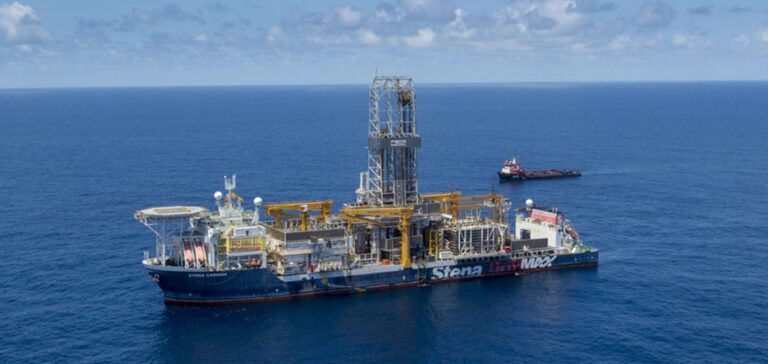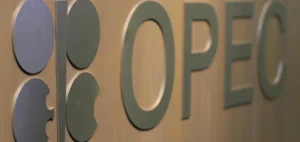The dispute between Exxon Mobil and Chevron is rooted in the latter’s attempted merger with Hess Corporation.
At the heart of the dispute is Hess’s interest in Guyana’s offshore Stabroek field, a deposit of major strategic importance to the global oil industry.
Chevron has proposed a $53 billion takeover of Hess, which immediately aroused the concern of Exxon, which operates the field with a 45% stake, while Hess holds 30% and China National Offshore Oil Corporation (CNOOC) 25%.
Exxon considers that this merger could be a disguised way of transferring assets, which would activate a right of first refusal in favor of the American company and its Chinese partner.
This contractual mechanism would enable Exxon to buy out Hess’s share before it came under Chevron’s control, an eventuality that would tip the balance of power in the region.
Legal and financial implications
At the heart of the dispute is the structure of the agreement.
Chevron maintains that the right of pre-emption does not apply, arguing that Hess would remain an autonomous entity, simply integrated as a subsidiary.
This position is strongly contested by Exxon, which sees the transaction as a genuine change of control, triggering the pre-emption clauses set out in the original agreement.
The Stabroek field, with its 11.6 billion barrels of discovered oil and gas, is one of the richest in the world.
In 2023, the site generated over $6.33 billion in profits for the consortium, revenues that are set to grow exponentially with the increase in production planned between now and 2027.
The possibility of a Chevron takeover could thus upset the region’s economic projections.
Direct Impact on Chevron Strategy
For Chevron, the outcome of this arbitrage is crucial.
Struggling after several quarters of falling profits, the company sees the acquisition of Hess as an opportunity to strengthen its market position.
In addition to operational synergies and economies of scale, Chevron hopes to leverage Stabroek’s oil reserves to turn around its financial performance.
However, uncertainty surrounding the validity of the right of first refusal could delay or even jeopardize the finalization of the deal.
In response to this situation, Exxon is preparing a potential counter-offensive.
The multinational, which recently finalized the $60 billion takeover of Pioneer Natural Resources, is in a position to outbid Chevron if circumstances permit.
This strategy could not only strengthen its dominance in Guyana, but also weaken its main American competitor.
The consequences of this arbitration extend beyond the companies involved.
The final decision could influence future M&A operations in the sector, as oil companies face a growing need to restructure their assets to remain competitive in a changing market.






















